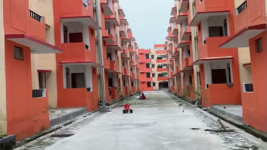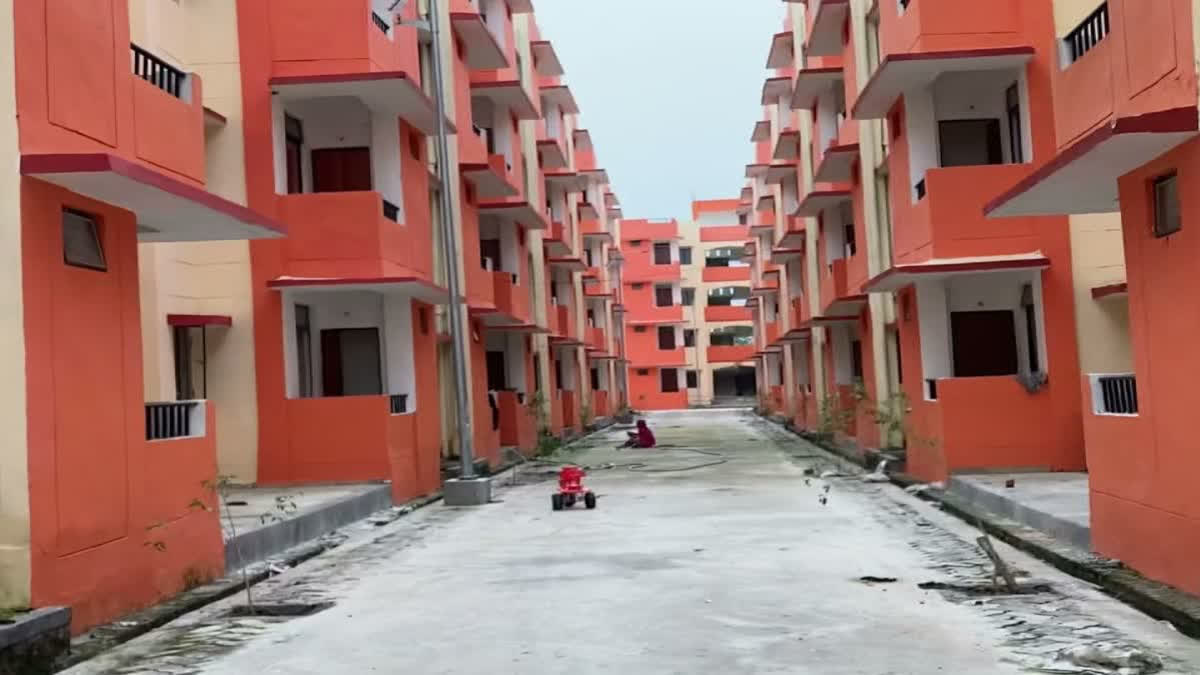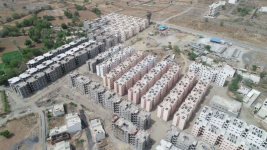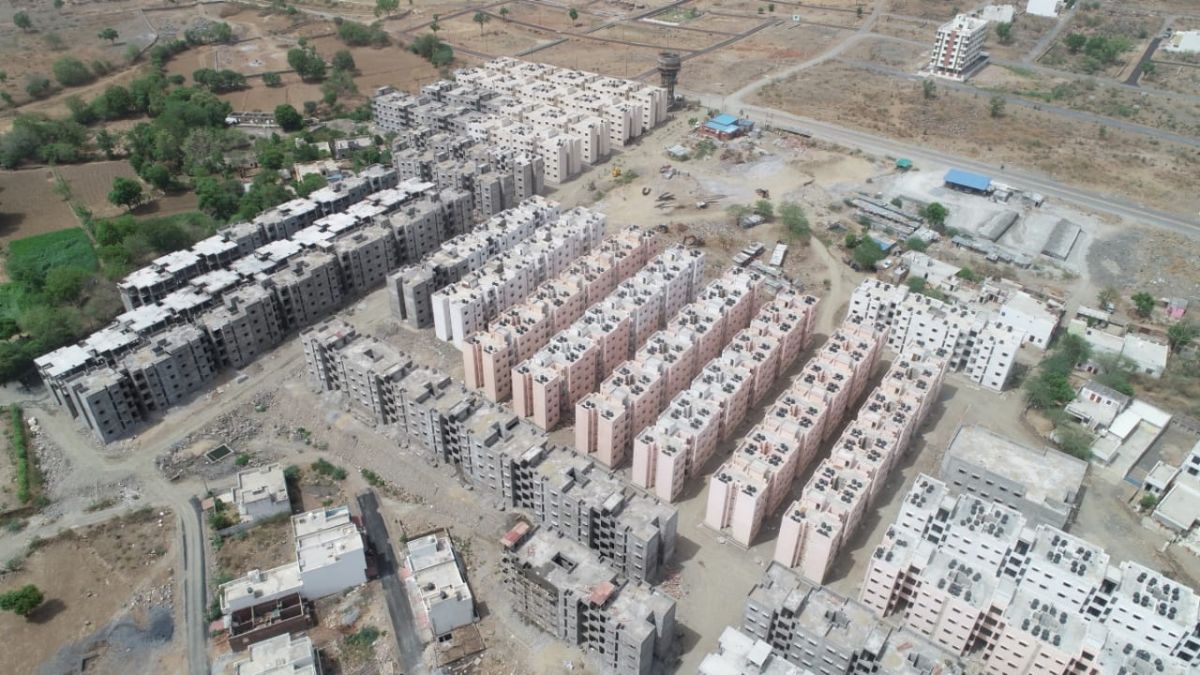
Pradhan Mantri Garib Kalyan Anna Yojana (PMGKAY)
The Central Government, under the Pradhan Mantri Garib Kalyan Anna Yojana (PMGKAY) has decided to continue to provide free food grains to about 81.35 crore beneficiaries (i.e. Antyodaya Anna Yojana (AAY) households and Priority Households (PHH) beneficiaries) for a period of next five years with effect from 1st January, 2024, as per their entitlement (i.e. 35 kg of food grains per AAY household per month and 5 kg of food grains per person per month in case of Priority Household).
The decision has been taken keeping in view welfare of the beneficiaries and in order to strengthen the provisions of NFSA, 2013 in terms of accessibility, affordability and availability of food grains for the poor and to maintain uniformity across the States.
The annual food subsidy borne by Government of India towards distribution of food grains to AAY households and PHH beneficiaries, Other Welfare Schemes and Tide Over is to the tune of Rs. 2.13 lakh crore. Assuming growth in Economic cost, the Central Government will spend approx Rs11.80 lakh crore during the period of next five years as food subsidy under PMGKAY, to remove the financial burden of the poor and the poorest of the poor.
The provision of free food grains under PMGKAY for next five years with effect from 1 st January 2024 reflects the long-term commitment and vision of the Government for addressing National Food and Nutrition Security.
Provisions of free food grains shall mitigate any financial hardship of the affected strata of society in a sustainable manner and ensure long term pricing strategy with zero cost to the beneficiaries which is vital for effective penetration of the Public Distribution System.
Earlier, the Central Government, had decided to provide food grains free of cost to beneficiaries i.e. AAY households and PHH beneficiaries, for a period of one year beginning from 1st January 2023 under the PMGKAY.
Outreach to NFSA Beneficiaries
- Department has shared Banners/Hoarding creatives from time to time in Hindi and 10 regional languages with all States/UTs for display at all FPSs, godowns and other places of PDS operations.
- For Inter-Ministerial collaboration with (Ministry of Post, Ministry of Railways, MoPNG, Ministry of Chemicals and Fertilizers and Ministry of Information and Broadcasting is being done.
- The concerned ministries have started using the creatives on social media. The creatives have witnessed more than 5 million impressions and views on various social media channels.
- MoPNG has installed PMGKAY banners/hoardings at 1000 fuel retail outlets.
- Ministry of Chemical and Fertilizers has shared a list of 1.08 Lakh Pradhan Mantri Kisan Samridhi Kendras (PMKSKs) where the creatives are planned to be played/displayed.
- Work of installation of Tin Plates at ~5.4 Lakh FPSs is being planned.
- The Department also gives wide publicity about PM-GKAY through regular press releases and through updates on its Social Media handles (Twitter, YouTube, Facebook, Instagram & Koo).
PMGKAY (During Covid-19 Pandemic)
In the wake of economic disruptions caused by the unprecedented outbreak of COVID-19 in the country,
the Government in March 2020 had announced the distribution of additional free-of-cost foodgrains (Rice/Wheat) to about 80 Crore National Food Security Act (NFSA) beneficiaries at the scale of 5 Kg per person per month under the PM Garib Kalyan Anna Yojana (PMGKAY), over and above the regular monthly NFSA foodgrains i.e. regular entitlements of their ration cards. Thereby, effectively doubling the quantity of monthly foodgrains being normally delivered to the NFSA households, so that the poor, needy and the vulnerable households/beneficiaries do not suffer on account of non-availability of adequate foodgrains during the times of economic crisis.
Starting from April 2020, this scheme has been implemented in 7 phases to ensure food security of NFSA beneficiaries in the country. Phase-wise details are as follows:
Beneficiary Awareness about PMGKAY Foodgrains
Department has shared Banners/Hoarding creatives from time to time (June 2020 and Dec 2021) in Hindi and 10 regional languages, namely - Assamese, Bengali, Gujarati, Kannada, Marathi, Malayalam, Odiya, Punjabi, Tamil and Telugu with all States/UTs for display at all FPSs, godowns and other places of PDS operations. Additionally, the Department has also sought the cooperation of some Central Ministries/Departments such as Indian Railways, D/o Posts, M/o PNG, M/o I&B to display these banners at strategic locations across the country such as Petrol pumps/ CNG stations, Post offices, Railway stations and other prominent places. The Department also gives wide publicity about PMGKAY through regular press releases and through updates on its Social Media handles (Twitter & YouTube).
Success Story of PMGKAY Implementation:
- More than 75 crore beneficiaries have received foodgrains every month during implementation of PMGKAY in FY 2020-21, 2021-22. Similar distribution pattern is expected in the foodgrains distribution under PMGKAY implementing during FY 2022-23.
- Based on concurrent evaluation reports received from Monitoring Institutes (MIs) from 30 States/UTs, 98% of the surveyed households reported to receive their full entitlement under PMGKAY.






![IRNO7EXT4JNHXHQ36VRHIGKHFU[1].jpg IRNO7EXT4JNHXHQ36VRHIGKHFU[1].jpg](https://defencepk.com/forums/data/attachments/65/65912-f07e87c84618619bc62ffa65f6d0fc30.jpg?hash=yfpHmgnKQo)







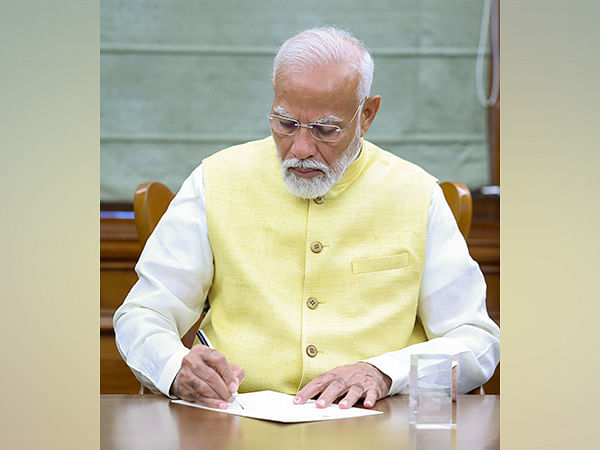
 theprint.in
theprint.in


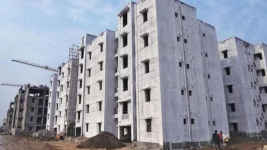
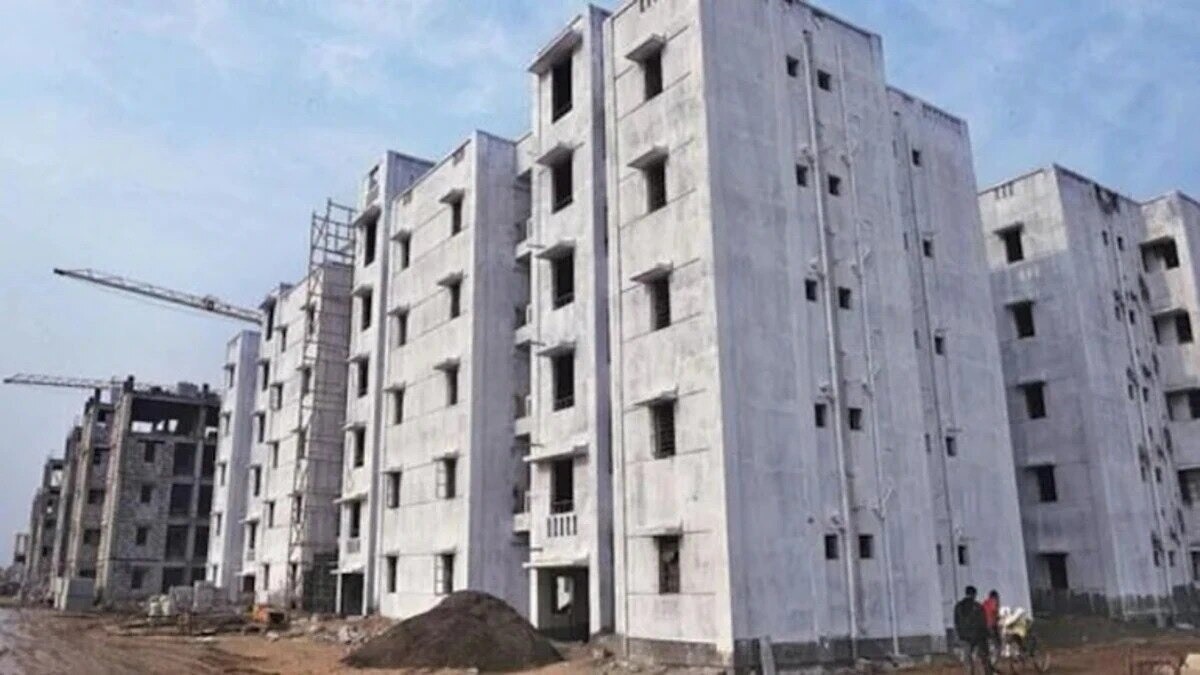

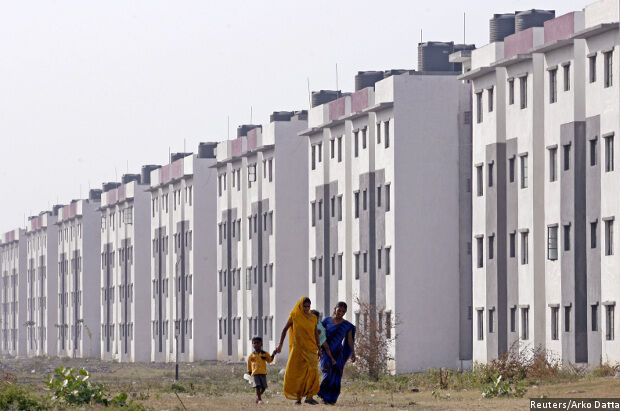


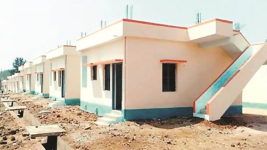

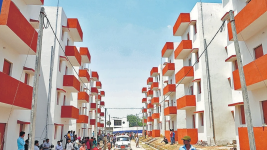



 dics.co
dics.co
 dics.co
dics.co
